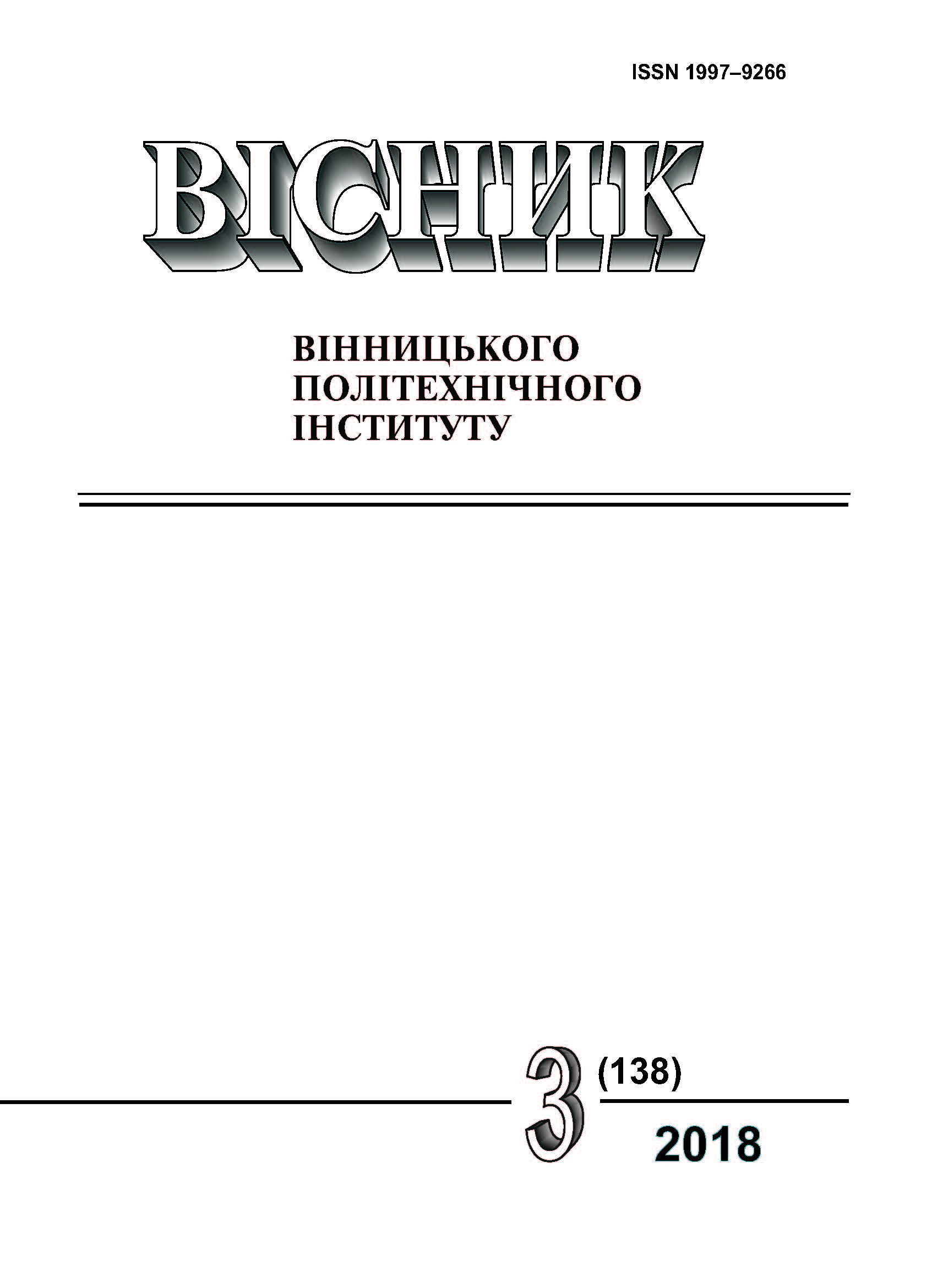About Modern Methods of Thermal Dynamics Imitation Modeling
Keywords:
phase transition, cellular automata, thermal conductivityAbstract
It is well known that many physical properties of crystalline materials obtained by the method of directed crystallization are determined by the distribution of impurity in the melt and its ability to accumulate in the form of separate grains, cells etc. This occurs due to concentrated overcooling and leads to deterioration of the mechanical, electrical and physical properties of the material. It is one of the reasons for their fragility. A series of experiments is needed to investigate the optimal conditions for the growth of semiconductor materials with required properties. The time required is not always available, and the labor and material resources cost is rather high. Therefore, in recent years great attention is paid to the development of the technology of process simulation.
The tasks of heterogeneous dynamical systems numerical simulation are very relevant today, since they allow observing the evolutionary patterns of such systems in real-time, especially when it comes to problems with nonlinear parameters of materials, complex boundary and initial conditions, phase transitions with moving limits, etc. In the vast majority of such cases, it is almost impossible to obtain analytical solutions, and classical based on difference schemes solution numerical methods may be unstable. The classical model of physical processes is based on differential equations. But practical application of it does not allow us to receive acceptable results. In real practical tasks it is often used in the simplest cases with a number of limitations and assumptions. In this regard, alternative approaches are increasingly popular in recent years. There has been widely used imitation or agent models, where each agent can be attributed their own rules of conduct. The method of cellular automata (СA) is one of such simulation approach. It provides not only a description of the physical properties of the material but also can provide for changes at the micro-level. In particular, heat transfer processes are naturally approximated by continuous models of cellular automata. Just creation of a qualitative model of the process, on the basis of computational experiments, allows to predict the properties of the resulting material.
Cellular automata are the most effectively used to describe the behavior of a system the collective behavior of which is determined by the local behavior of its constituent elements, when the system is highly heterogeneous, and averaging of variables throughout the system can hardly reflect its status adequately as a whole. Therefore, while modeling the melting process, accompanied by the first order phase transition, we chose the cellular automata technique.
The work is devoted to the use of cellular automaton model for the study of some basic physical processes. The main approaches and the general methodology of the development of cellular automata models are considered on the example of heat transfer processes modeling. It is shown that these models can become an alternative to the use of classical differential equations. It is proved that the model in the form of a system of cellular automata equations is a very convenient tool for nonlinear heat transfer problems studying and can describe a rather complicated system behavior, despite the simplicity of its description. The typical problems of the thermal conductivity theory and their solving by the cellular automata method are considered. The analysis of accuracy of calculations by the CA-method was carried out. A comparison of the computational speed for the Stefan problem with the help of the CA-method and known net methods has been made.
References
W. Ames, Numerical Methods for Partial Differential Equations. Boston, USA: Academic Press, 1992.
M. P. Coleman, An Introductin to Partial Differential Equations with Matlab. Boston, USA: Chapman & Hall, 2013.
K. W. Morton, and D. F. Mayers, Numerical Solution of Partial Differential Equations: An Introduction. Cambridge, UK: Cambridge University Press, 1994.
С. Колесникова, Методы решения основных задач уравнений математической физики. Москва, Россия: МФТИ, 2015.
Э. А. Аринштейн, «Промерзание влажного грунта,» Вестник Тюменского государственного университета, № 6, с. 11-14, 2010.
О. Л. Бандман, «Дискретное моделирование физико-химических процессов,» Прикладная дискретная матема-тика, №. 3, c. 33-49, 2009.
S. Wolfram A New Kind of Science. IL, USA: Wolfram Media, 2002.
K. G. F. Janssens, “An introductory review of cellular automata modeling of moving grain boundaries in polycrystalline materials,” Mathematics and Computers in Simulation, 80 (7), pp. 1361-1381, 2010.
R. Golab, D. Bachniak, K. Bzowski, and L. Madej, “Sensivity Analysis of the Cellular Automata Model for Austenite-Ferrite Phase Transformation in Steels,” Applied Mathematics, 4, pp. 1531-1536, 2013.
L. Shumylyak, V. Zhikharevich, and S. Ostapov “Modeling of impurities segregation phenomenon in the melt crystallization process by the continuous cellular automata technique,” Applied Mathematics and Computation, vol. 290, pp. 336-354, 2016.
К. Ежовский, и О. Денисова, Физико-химические основы технологии полупроводниковых материалов: учеб. по-собие. СПб, Россия: СЗТУ, 2005.
В. В. Жихаревич, Л. М. Шумиляк, Л. Т. Струтинская, и С. Э. Остапов, «Построение и исследование непрерывной клеточно-автоматной модели процессов теплопроводности с фазовыми переходами первого рода,» Компьютерные исследования и моделирование, т. 5(2), с. 141-152, 2013.
Downloads
-
PDF (Українська)
Downloads: 287
Published
How to Cite
Issue
Section
License
Authors who publish with this journal agree to the following terms:
- Authors retain copyright and grant the journal right of first publication.
- Authors are able to enter into separate, additional contractual arrangements for the non-exclusive distribution of the journal's published version of the work (e.g., post it to an institutional repository or publish it in a book), with an acknowledgment of its initial publication in this journal.
- Authors are permitted and encouraged to post their work online (e.g., in institutional repositories or on their website) prior to and during the submission process, as it can lead to productive exchanges, as well as earlier and greater citation of published work (See The Effect of Open Access).





